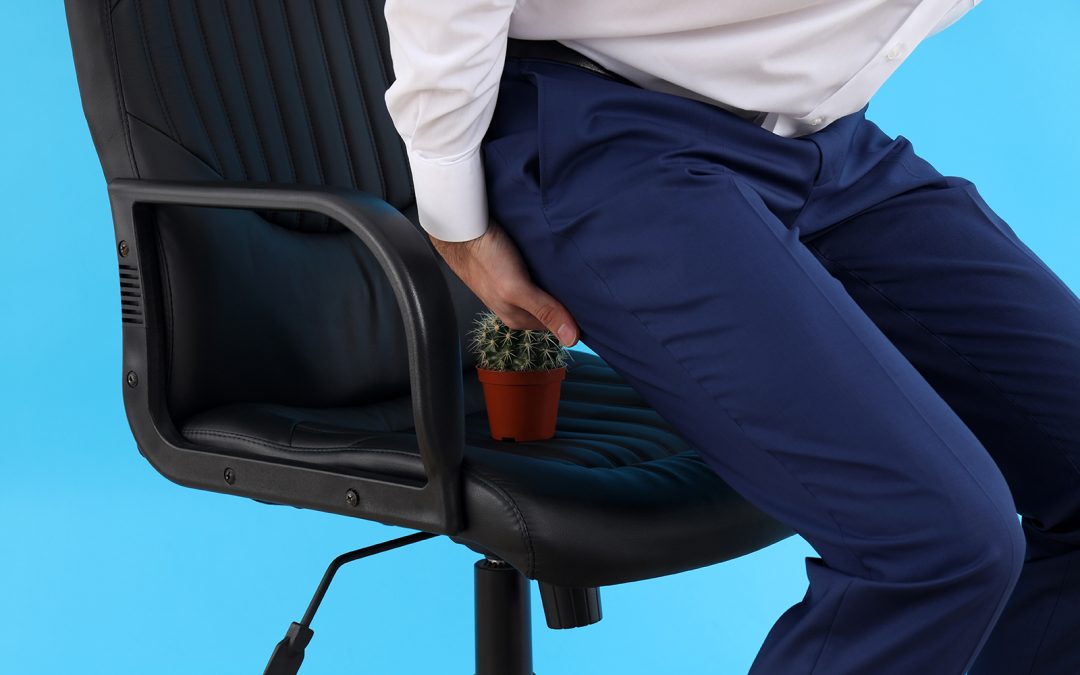Hemorrhoids, also known as piles, are a normal part of our bodies. They are clusters of veins located beneath the mucous membranes lining the rectum and anus. When these veins become swollen and enlarged, similar to varicose veins in the legs, it results in the condition we commonly refer to as hemorrhoids. This may be due to the constant challenge of gravity as our bodies strive to pump blood back up to the heart. Therefore, haemorrhoids are often considered a possible consequence of our upright posture as humans.
How common are hemorrhoids in Kenya?
As per the study done at Kenyatta National Hospital (KNH ,the incidence of asymptomatic was found to be 21% all being first degree haemorrhoids, while in the age group 50 years and over, 29% had asymptomatic haemorrhoids. Males had a greater incidence of asymptomatic haemorrhoids than females
What are the factors that contribute to the development of hemorrhoids?
Hemorrhoids are commonly caused by certain factors. One main factor is chronic constipation, where difficulty in passing stools puts strain on the blood vessels in the rectal area, leading to the development of hemorrhoids. Prolonged periods of sitting on the toilet can also contribute to this condition by disrupting the blood flow and causing the veins to enlarge.
During pregnancy, the growing uterus can press on the veins, increasing the likelihood of developing hemorrhoids. Recent studies have found that individuals with hemorrhoids often have naturally tighter muscles in the anal canal, even without straining. When constipation occurs, the act of straining puts extra pressure on the anal canal, pushing the hemorrhoids against the muscle. Also connective tissues which support the hemorrhoids can weaken with age, causing them to bulge and prolapse.
While symptomatic hemorrhoids can affect individuals of any age, including teenagers, they are relatively uncommon in children due to the time it takes for hemorrhoids to develop. However, certain factors can increase the risk of developing hemorrhoids.
You are at higher risk if:
- Being overweight or obese.
- Pregnancy
- Following a low-fiber diet.
- Having chronic constipation or diarrhoea.
- Regularly engaging in heavy lifting.
- Spending prolonged periods of time sitting on the toilet.
- Straining during bowel movements.
Types of hemorrhoids
Hemorrhoids can occur either internally or externally, depending on the location of the swollen veins. The type of hemorrhoids is determined by where the enlarged vein develops.
There are two main types:
- Internal Hemorrhoids: Develop inside the rectum and are not visible or felt from the outside. Internal Hemorrhoids are normally painless but can cause bleeding during bowel movements.
- External Hemorrhoids: These form under the skin around the anus and are visible and often felt as small, painful lumps. External hemorrhoids can cause discomfort, itching, and irritation
Symptoms of hemorrhoids?
Internal hemorrhoids are often painless and may go unnoticed unless they prolapse or protrude. Many individuals with internal hemorrhoids are unaware of their presence as they do not experience any symptoms.
However, if symptoms do occur with internal hemorrhoids, one common sign is rectal bleeding. This can manifest as blood on toilet paper, in the stool, or in the toilet bowl after a bowel movement. It is essential to recognize rectal bleeding as a potential indication of internal hemorrhoids and seek appropriate medical attention for proper diagnosis and management.
Whereas external hemorrhoids can exhibit several characteristic signs, including:
- Persistent Itching: An itchy sensation in and around the anus is a common symptom associated with external hemorrhoids.
- Tender or Painful Lumps: Hard, swollen lumps near the anus can develop, causing discomfort or tenderness when touched or pressed.
- Anal Pain or Discomfort: Individuals with external hemorrhoids may experience aching or pain in the anal area, particularly when sitting or engaging in activities that exert pressure on the affected region.
- Rectal Bleeding: External hemorrhoids can lead to rectal bleeding, which may be visible on toilet paper, in the stool, or in the toilet bowl after bowel movements
Difference between hemorrhoids and anal fissures?
Hemorrhoids and anal fissures can produce similar symptoms, including itching, pain, and bleeding. However, the underlying causes differ: hemorrhoids result from swollen veins, while anal fissures stem from a tear in the lining of the anus
Effective Strategies for preventing hemorrhoids
As we age, the likelihood of developing hemorrhoids increases. However, there are steps you can take to prevent the occurrence of hard stools and constipation, which are common culprits behind hemorrhoids. Implementing the following measures can help you maintain optimal rectal health
- Avoid prolonged sitting and excessive straining on the toilet
- Respond promptly to bowel urges, avoiding delay
- Drinks plenty of water to stay well-hydrated by
- Eat high-fiber foods or consider fiber supplements
- Stay physically active to keep your bowels moving
Ref. :
- Harvard Health Publishing, Harvard Medical School (https://www.health.harvard.edu/ )
- A study of haemorrhoids as seen at the Kenyatta National Hospital with special reference to asymptomatic haemorrhoids ( East Afr Med J. 1991 May;68(5):340-7)
- Cleveland Clinic ( https://my.clevelandclinic.org/ )

